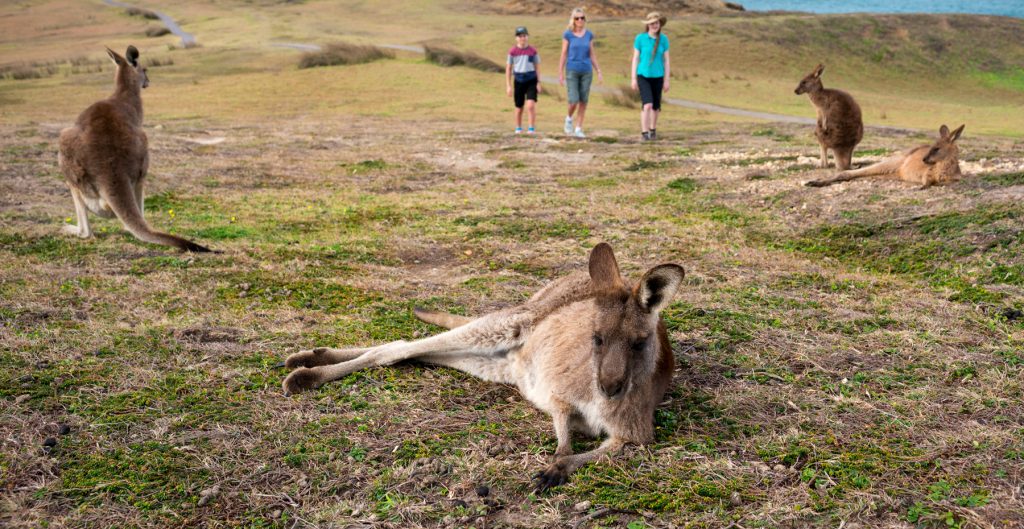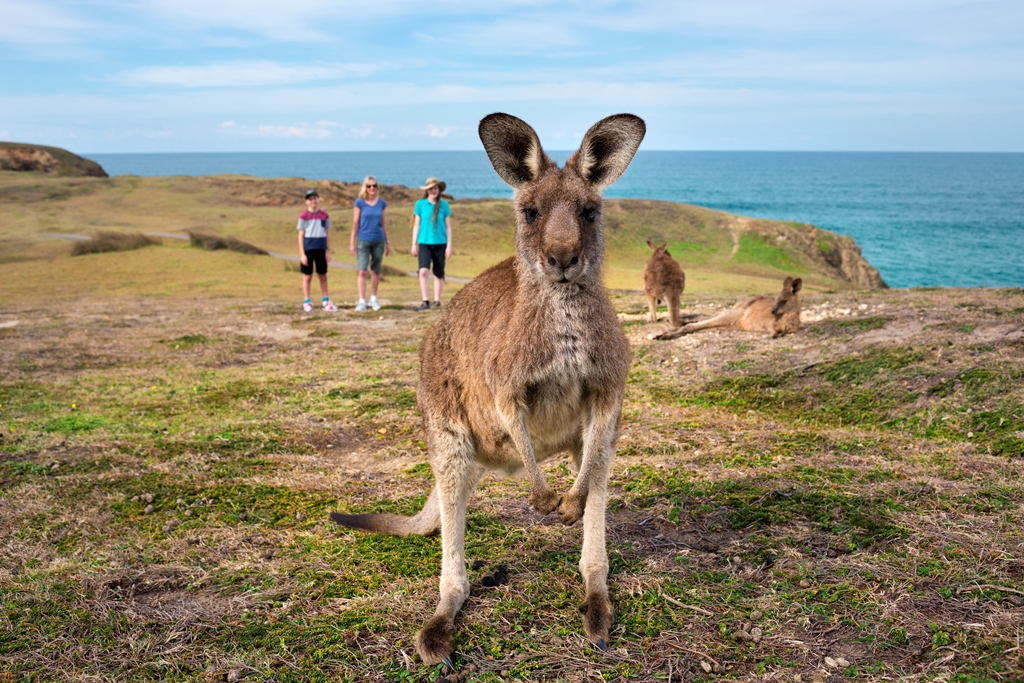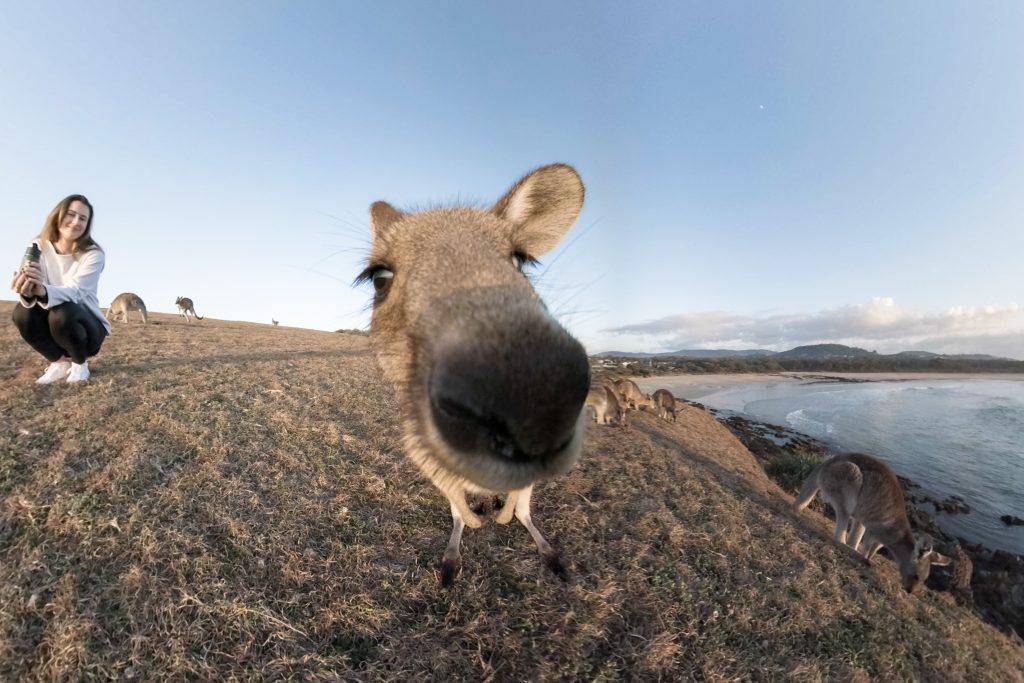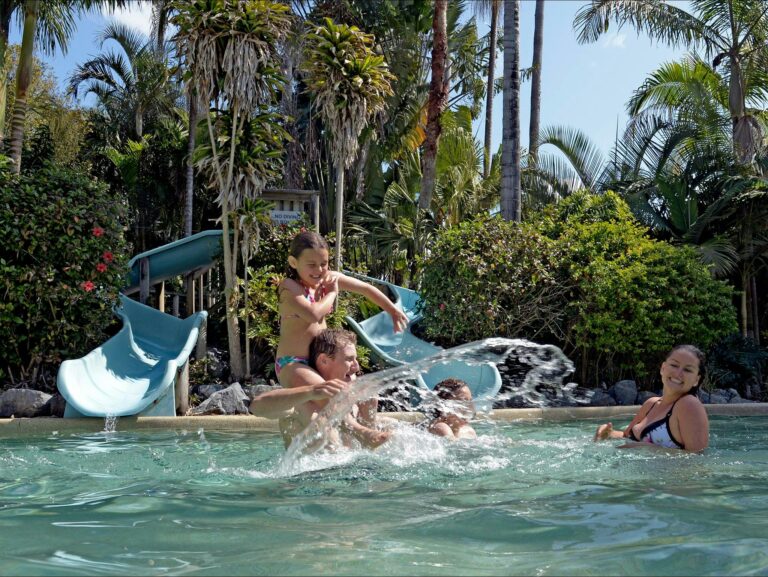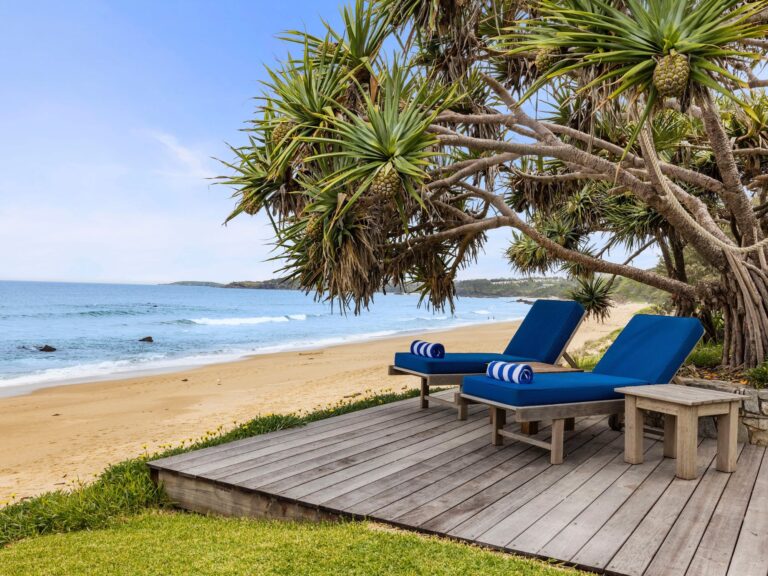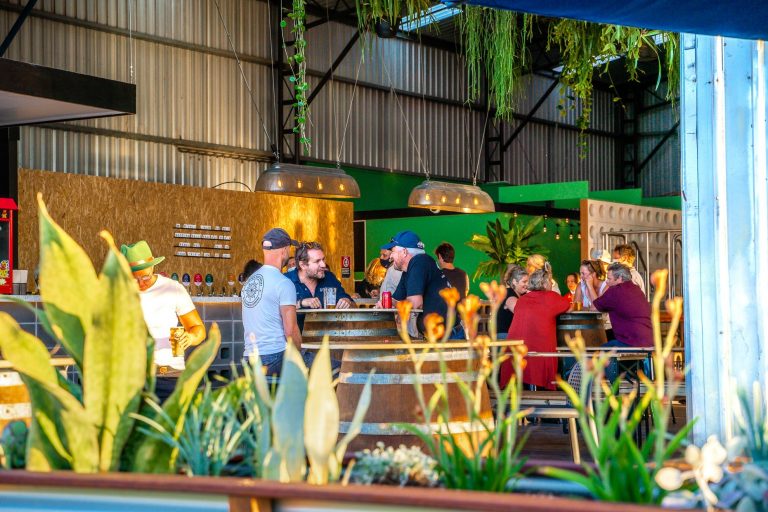Gumbaynggirr Name : Nunguu (kangaroo)
Gumbaynggirr Name : Buyaarr (joey)
There are many species of kangaroo and wallaby on the Coffs Coast. These iconic creatures are most commonly seen in the late afternoon when, after spending the hottest part of the day resting in the shade, they come out in groups of varying sizes (depending on species) to graze on grass.
Kangaroos can breed all year round, with the peak usually occurring during the summer months. The newborn tiny ‘joey’, which weighs less than one gram, climbs unassisted into the mother’s pouch and attaches to one of the four teats. The baby kangaroo/wallaby remains in the pouch until it is strong enough to survive outside.
Kangaroos and wallabies formed an important part of the traditional aboriginal diet. Not only was the meat consumed, but the bones were broken length-wise in order to harvest the nutrient rich marrow. Because kangaroos and wallabies tended to be lean the marrow was especially important as it contained high levels of fat.
The sinews from kangaroos were also traditionally used to stitch skins together.
Wallaby skin was also traditionally used to make special water carrying bags.
The eastern grey kangaroo
The most common Kangaroo in the Coffs Coast region is the Eastern Grey Kangaroo. The eastern grey kangaroo inhabits the grasslands, woodlands, forests and scrublands. These large kangaroos have a woolly fur which is silvery-grey to dusky greyish-brown in colour. An adult male can reach a height of nearly 2.2m when standing erect, and can weigh more than 60 kg.
Wallabies
Swamp Wallaby (Wallabia bicolor)
Gumbaynggirr Name : Gaabi
This wallaby, known for its two-toned fur, is a small macropod marsupial that can be found on the Coffs Coast. It is known colloquially as a black stinker due to its characteristic swampy odour and dark extremities. Swamp Wallabies are one of the only macropods with webbed feet as well as the only living member of the Wallabia genus. A person observing a swamp wallaby moving through its environment will notice that its gait is different to other wallabies. It carries its head low and keeps its tail extended straight out behind it.
Swamp wallabies prefer thick undergrowth in the forest. They will spend most of the daylight hours hiding in thick grass and dense bush. At dusk they will emerge and head off individually in search of fresh grasses, shrubs, fungi, rushes, and ferns.
The Red-necked Wallaby:
Gumbaynggirr Name : Buliin
The Red-necked Wallaby is another inhabitant f the Coffs Coast. It can be distinguished from other wallabies by its white cheek markings and reddish colouring on the neck. Their muzzles, paws and toes are black in colour. The remainder of its fur is grey to reddish in colour with a white or pale grey abdomen. The Red-necked Wallaby is protected by law in all states of Australia.
Gumbaynggirr Name : Guljuu
Red Neck Pademlon (Thylogale thetis)
A shy and small-sized, short-tailed, brownish-grey wallaby that is lighter on the belly, with distinct redish coloring on its neck and shoulders. This mostly nocturnal species rarely moves far from dense cover. This diminutive species prefers forests adjacent to grassland. They spend the day resting in the forest before emerging in the evening into more open areas to feed on grasses and shrubs.
